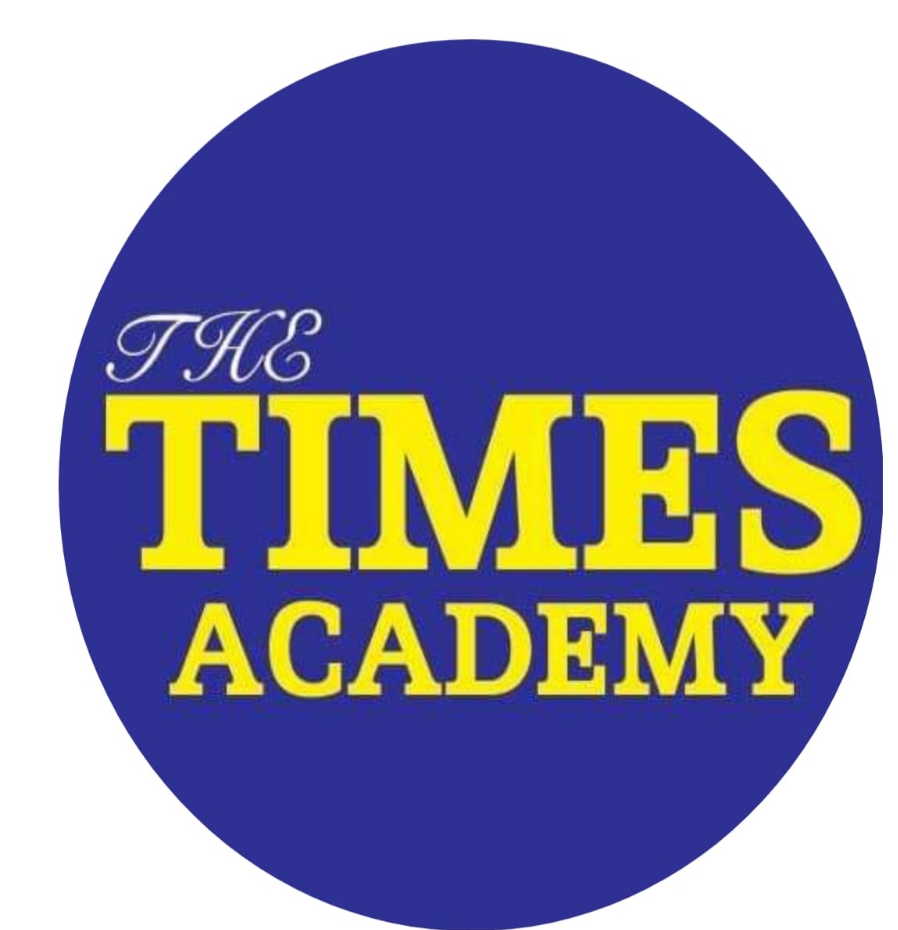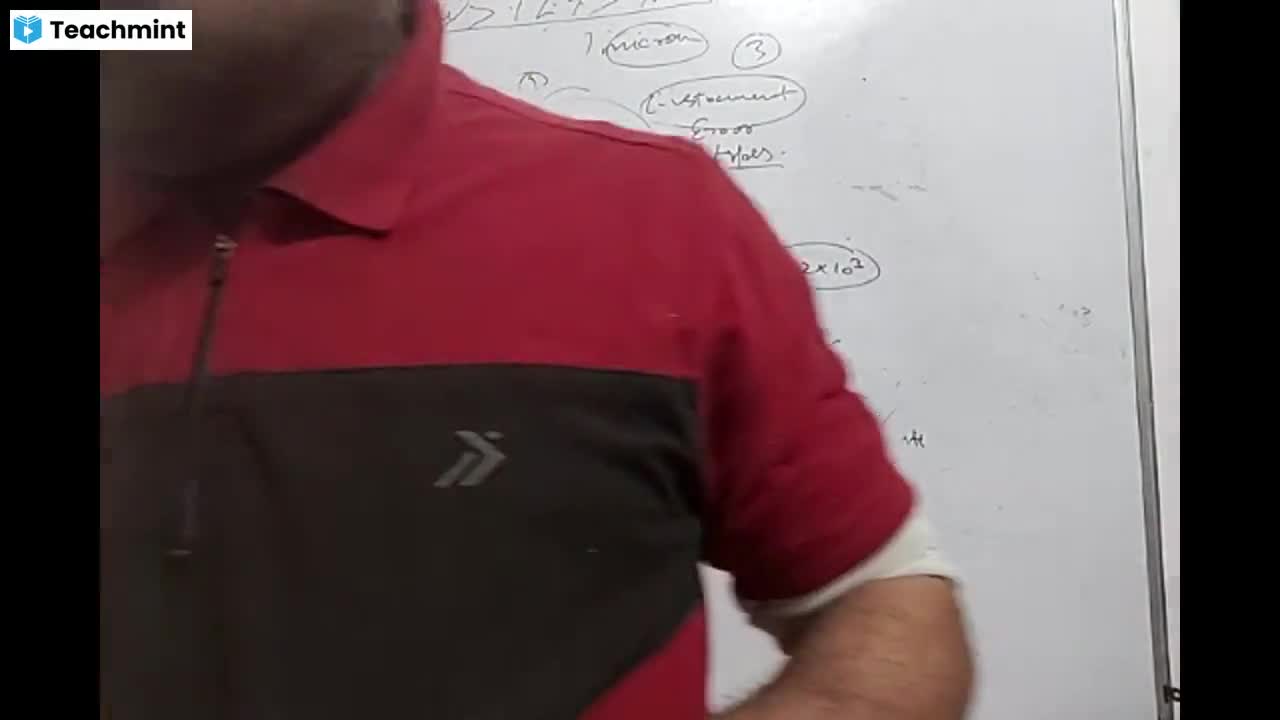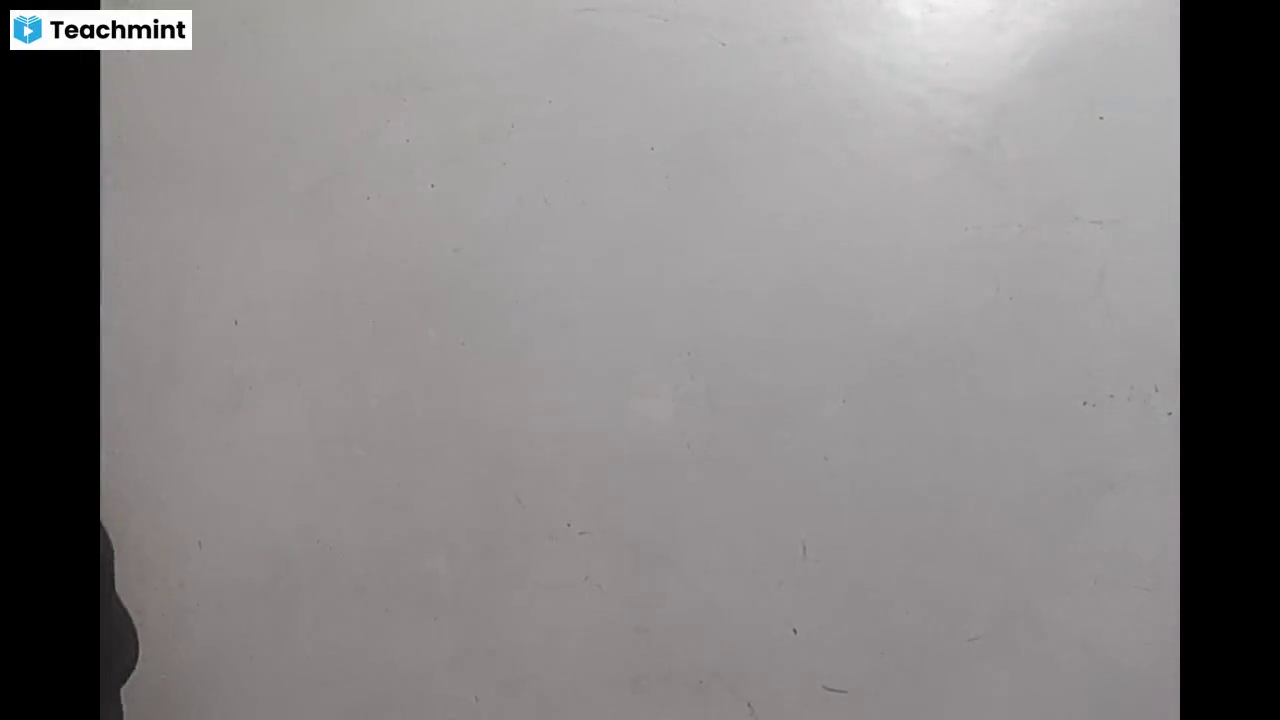Question 1 :
A body of mass 2 kg attached to a string is whirled in a vertical circle of radius 5 m. The minimum speed of the body at lowest point so that the cord does not slacken even at the highest point is
Question 2 :
A particle is moving in a horizontal circle with constant speed. It has constant
Question 3 :
A ball is thrown vertically upwards from the ground. It crosses a point at the height of $25\ m$ twice at an interval of $4\ secs$. The ball was thrown with the velocity of
Question 5 :
The area o the parallelogram represented by the vectors. <img style='object-fit:contain' src="https://storage.googleapis.com/teachmint/question_assets/NEET/5e97fff74e70da2c08cb357c"> and <img style='object-fit:contain' src="https://storage.googleapis.com/teachmint/question_assets/NEET/5e97fff7cf5ae23387f292f5"> is
Question 6 :
If a unit vector is represented by {tex} 0.5 \hat { i } + 0.8 \hat { j } + c \hat { k } , {/tex} the value of {tex} c {/tex} is
Question 7 :
The angle between the direction of {tex} \hat { \mathrm { i } } {/tex} and {tex} ( \hat { \mathrm { i } } + \hat { \mathrm { j } } ) {/tex} is
Question 8 :
Which of the following statements is false for a particle moving in a circle with a constant angular speed
Question 9 :
A body is thrown with a velocity of {tex} 9.8 \mathrm { ms } ^ { - 1 } {/tex} making an angle of {tex} 30 ^ { \circ } {/tex} with the horizontal. It will hit the ground after a time
Question 10 :
{tex} \overrightarrow { \mathrm { A } }{/tex}can be written in terms of components as {tex} \overrightarrow { \mathrm { A } } = \mathrm { Ax\hat { \mathrm { i } } } + \mathrm { Ay } \hat { \mathrm { j } } + \mathrm { Az \hat { \mathrm {k} }} {/tex}. When will {tex} | \overrightarrow { \mathrm { A } } | {/tex} be zero
Question 11 :
The coordinates of a particle moving in {tex} x - y {/tex} plane at any instant of time {tex} t {/tex} are {tex} x = 4 t ^ { 2 } ; y = {/tex} {tex} 3 t ^ { 2 } {/tex}. The speed of the particle at that instant is
Question 12 :
If {tex} \left| \vec { F } _ { 1 } \cdot \vec { F } _ { 2 } \right| = \left| \vec { F } _ { 1 } \times \vec { F } _ { 2 } \right| , {/tex} then {tex} \left| \vec { F } _ { 1 } + \vec { F } _ { 2 } \right| {/tex} is
Question 13 :
A plane flying horizontally at a height of {tex} 1500 \mathrm { m } {/tex} with a velocity of {tex} 200 \mathrm { ms } ^ { - 1 } {/tex} passes directly overhead on antiaircraft gun. Then the angle with the horizontal at which the gun should be fired from the shell with a muzzle velocity of {tex} 400 \mathrm { ms } ^ { - 1 } {/tex} to hit the plane, is
Question 14 :
A body ‘A’ moves with constant velocity on a straight line path tangential to the earth’s surface. Another body ‘B’ is thrown vertically upwards, it goes to a height and falls back on earth. A third body ‘C’ is projected to an angle and follows a parabolic path as shown in figure <br> <img style='object-fit:contain' src="https://storage.googleapis.com/teachmint/question_assets/NEET/5e97ff734e70da2c08cb31da"> <br> The bodies whose angular momentum relative to the center of the earth is conserved are
Question 15 :
A boatman is stationed at a point on one bank of a river of width {tex} 1 \mathrm { km } . {/tex} The river is flowing at {tex} 5 \mathrm { km } / \mathrm { h } {/tex} and the boatman can row with a speed of {tex} 10 \mathrm { km } / \mathrm { h } {/tex} in still water, the magnitude of the resultant velocity of the boat is
Question 16 :
Two projectiles {tex} A {/tex} and {tex} B {/tex} thrown with speeds in the ratio {tex} 1 : \sqrt { 2 } {/tex} acquired the same heights. If A is thrown at an angle of {tex} 45 ^ { \circ } {/tex} with the horizontal, the angle of projection of B will be
Question 17 :
If rain falls vertically with a velocity {tex} V _ { r } {/tex} and wind blows With a velocity {tex} V _ { w } {/tex} from east to west, then a person standing on the roadside should hold the umbrella in the direction
Question 18 :
Three vectors {tex} \mathbf { A } , \mathbf { B } {/tex} and {tex} \mathbf { C } {/tex} add up to zero. Select the correct statements.<br>I {tex} ( \mathbf { A } \times \mathbf { B } ) \cdot \mathbf { C } {/tex} is not zero unless {tex} \mathbf { B } , \mathbf { C } {/tex} are parallel<br>II If {tex} \mathbf { A } , \mathbf { B } , \mathbf { C } {/tex} define a plane, {tex} ( \mathbf { A } \times \mathbf { B } ) \times \mathbf { C } {/tex} is in that plane <BR>III {tex} ( \mathbf { A } \times \mathbf { B } ) , \mathbf { C } = | \mathbf { A } | | \mathbf { B } | \mathbf { C } | \rightarrow \mathbf { C } ^ { 2 } = \mathbf { A } ^ { 2 } + \mathbf { B } ^ { 2 } {/tex}<br>
Question 19 :
A cyclist moves in such a way that he track <img style='object-fit:contain' src="https://storage.googleapis.com/teachmint/question_assets/NEET/5e97fec3cb0ee133a281a293"> turn after 100 m. What is the displacement when to takes seventh turn?
Question 20 :
A boat which has a speed of {tex} 5 \ \mathrm { km } \mathrm { h } ^ { - 1 } {/tex} in still water crosses a river of width {tex} 1 \ \mathrm { km } {/tex} along the shortest possible path in {tex}15 {/tex} minutes. The velocity of the river water is
Question 21 :
If {tex} \hat { i } {/tex} denotes a unit vector along incident light, {tex} \hat { r } {/tex} a unit vector along refracted ray into medium of refractive index {tex} \mu {/tex} and {tex} \hat { n } {/tex} a unit vector normal to the boundary of the media, directed towards incident medium, then the law of refraction can be written as
Question 22 :
A person sitting in the rear end of the compartment throws a ball towards the front end. The ball follows a parabolic path. The train is moving with velocity of 20{tex} \mathrm { m } / \mathrm { s } {/tex} . A person standing outside on the ground also observes the ball. How will the maximum heights {tex} \left( y _ { m } \right) {/tex} attained and the ranges ({tex} R {/tex}) seen by the thrower and the outside observer compare with each other?
Question 23 :
A stone is just released from the window of a moving train moving along a horizontal straight track. The stone will hit the ground following a
Question 24 :
If retardation produced by air resistance of projectile is one-tenth of acceleration due to gravity, the time to reach maximum height
Question 25 :
If a car covers {tex} 2 / 5 ^ { \text {th } } {/tex} of the total distance with {tex} v _ { 1} {/tex} speed and {tex} 3 / 5 ^ { \text {th } } {/tex} distance with {tex} v _ { 2 } {/tex} then average speed is
Question 26 :
The numerical ratio of displacement to distance for a moving object is
Question 27 :
A person moves {tex} 30 \mathrm { m } {/tex} north and then {tex} 20 \mathrm { m } {/tex} towards east and finally {tex} 30 \sqrt { 2 } \mathrm { min } {/tex} south-west direction. The displacement of the person from the origin will be
Question 28 :
Two ships are {tex} 10 \mathrm { km } {/tex} apart on a line from south to north. The one farther north {tex} ( B ) {/tex} is moving towards west at 40 {tex} \mathrm { km } / \mathrm { h } {/tex} and the other {tex} ( A ) {/tex} is moving towards north at 40 {tex} \mathrm { km } / \mathrm { h } {/tex}. time taken to reach the distance of closest approach is
Question 29 :
A body starts from rest and travels '{tex}{ \text {s} } {/tex}' in {tex} 2 ^ { \text {nd } } {/tex} second, then acceleration is
Question 30 :
The point from where a ball is projected is taken as the origin of the coordinates axes. The $x$ and $y$ components of its displacement are given by $x = 6t$ and $y = 8t - 5t^{2}$. What is the velocity of projection?





















































